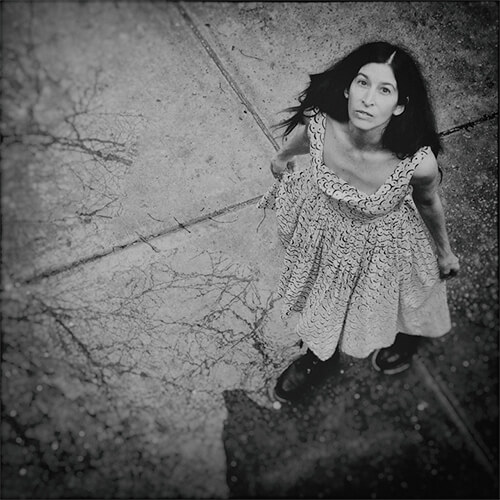Kathryn discovered a love for making pictures as a small child and developed a rich inner life of impressions. As she grew, creative aspirations led her to bring this inner world forward through art.
Self taught, her creative journey has repeatedly taken her into the field of metaphor and myth as a way to express something eternal within herself. Her professional arts background of painting, theater and dance feeds the photography she does now as she blends hints of all these elements into her images. She currently creates and exhibits black and white fine art photography and photo encaustics, teaching workshops on the midcoast of Maine throughout the year.
Drawn to the symbolic language of myth and archetypes, I am forever on a quest, seeking a visual narrative that evokes an internal recognition of nature — something in exile, lost, or hidden — yet leaves an impression inwardly known.
About the series The Wild Garden Of Childhood:
When I was a child the best part of me was wild.
The Wild Garden Of Childhood is an exploration into the untamed vitality and sacred beauty of being young. That universality of raw spirit, where emotional authenticity reigns naturally and fiercely -- dancing on the edge of innocence.
Arising from my own fragmented memories, inspired by the open innocence and un-self conscious freedom of my subjects, a world is conjured, somewhere between the real and imagined - where the fertile ground of being is at play.
The most precious of stories
are stored away
for safe keeping,
Somewhere
In the wild garden of childhood
awaiting
becomingness
